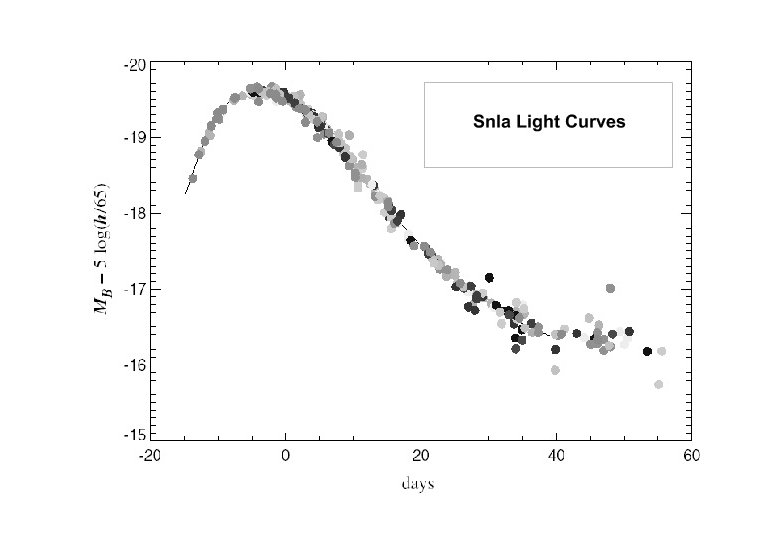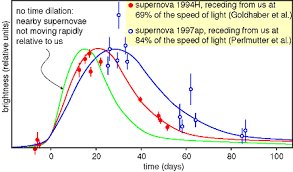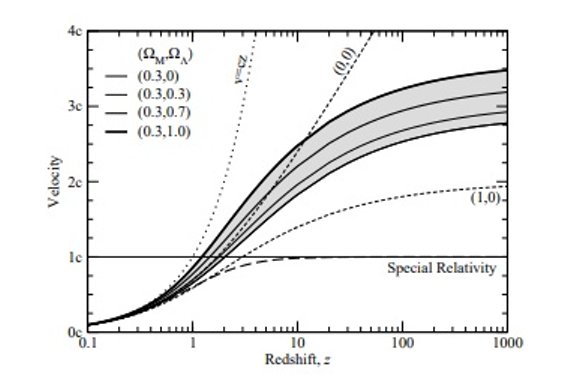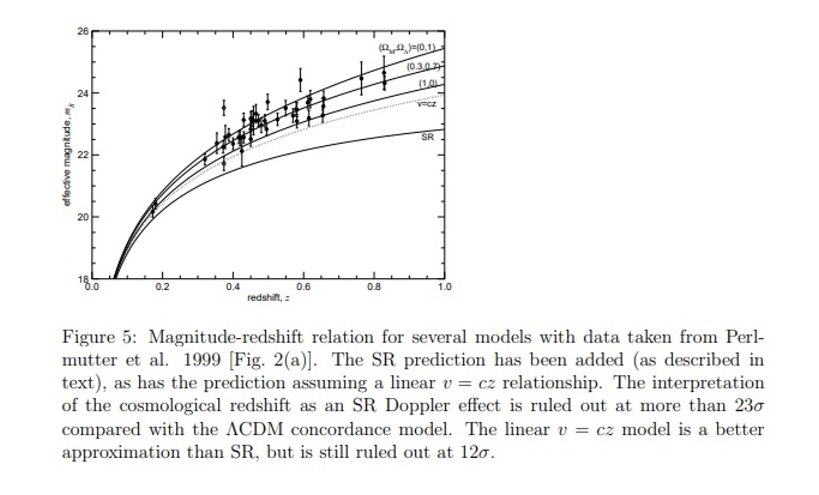If I recall, the classical definitions of pseudoscience is that it gives the impression of being science without actually that being the case. Pseudoscience is practiced either by fools or deceivers. The main EU people seem to fall somewhere on the deception-delusion axis, where as the the main PC people (the scientists, not the YT hype-men) are more in the senile-delusion axis.
The comments being made at EU central are a perfect example.
"The Debye length is utter nonsense because electric currents can travel further than the Debye length." (words to that effect).
What the ...........?
Evidently the resident deceptor is clueless the Debye length sets limitations on the range of the electromagnetic force, not on the amount of energy supplied that drives the current from point A to point B where A and B are at different potentials and can be at distances well beyond the Debye length.
My favourite however is that orbits can be formed when the electromagnetic force is repulsive.
I hope the one or two individuals over there that do display some basic knowledge as well the odd mainstreamer (although the lifespan of a mainstreamer at EU central is generally short) will appear and call out this nonsense for the sake of those that are being deceived.
This is probably where the YT hype men come into the picture to make things even worse.The PC stuff was poor science several decades ago, and it only gets worse. There are points to challenging parts of the mainstream cosmology and physics behind it (as they often do at EU central) like expansion redshift, but none of their alternatives (scatterings, intrinsic redshift) work out. Putting the whole thing together into a "coherent" framework doesn't really work anymore, so a unified PC ventures ever closer to pseudoscience.
[It was a cross-link between EU central and CF that brought me here about 5 years ago and only after a period of browsing did come up with a cleaver moniker. (Paulos is already using the avatar that would work for me.) I would never consider registering at EU central as I don't trust them to not falsify my content through editing.]
Maybe you should look at alternatives such as a hand held Star Trek Phaser set to kill.
Upvote
0






